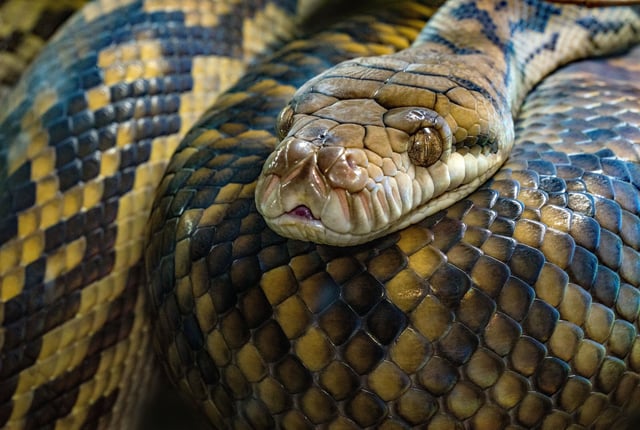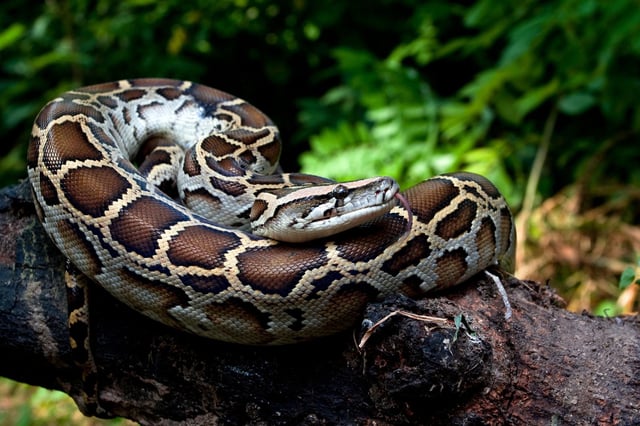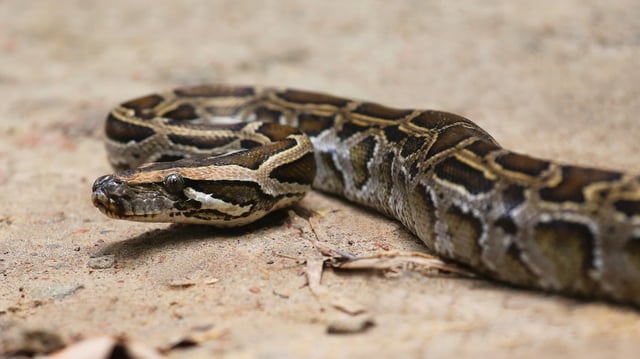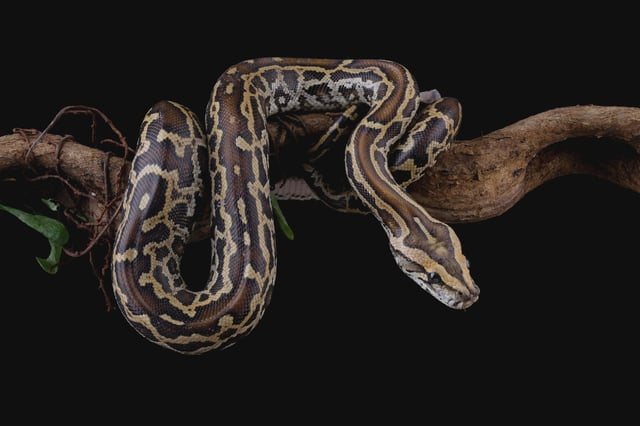Overview
- Using light and electron microscopy, researchers identified a new narrow enterocyte in Burmese pythons that forms calcium-, phosphorus- and iron-rich spheroids in an internal crypt
- Spheroid production was triggered only after snakes ate whole prey or boneless prey supplemented with calcium, demonstrating a direct dependence on dietary mineral levels
- No bone fragments were detected in python feces, confirming that these spheroid-producing cells enable complete digestion and absorption of skeletal material
- Similar cells have been discovered in other python and boa species and in the Gila monster, indicating a conserved adaptation among bone-eating reptiles
- Scientists are now exploring whether analogous bone-digesting cells exist in other vertebrates that consume bones, such as sharks and bone-eating birds



